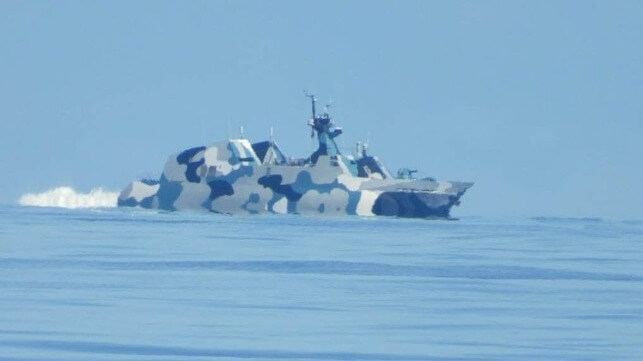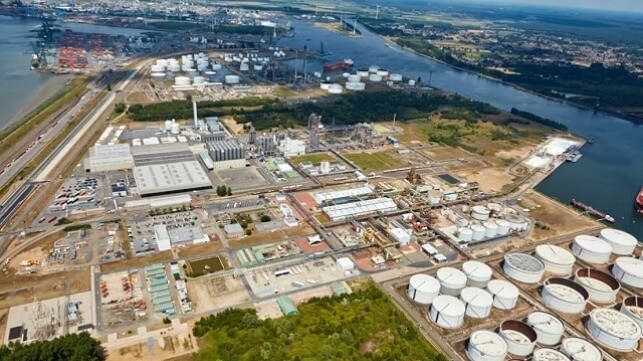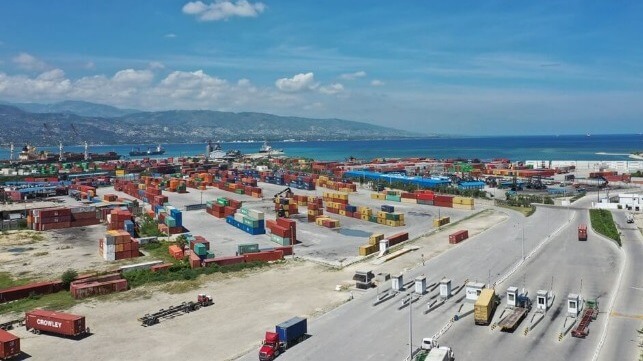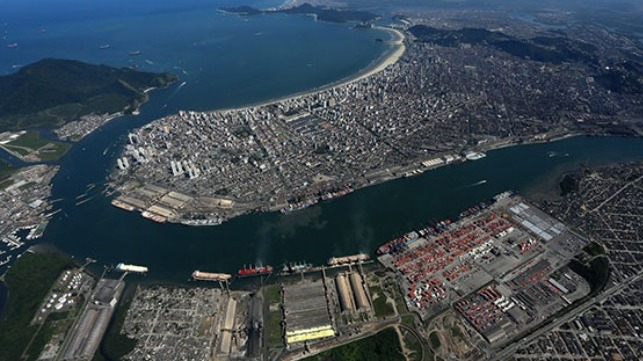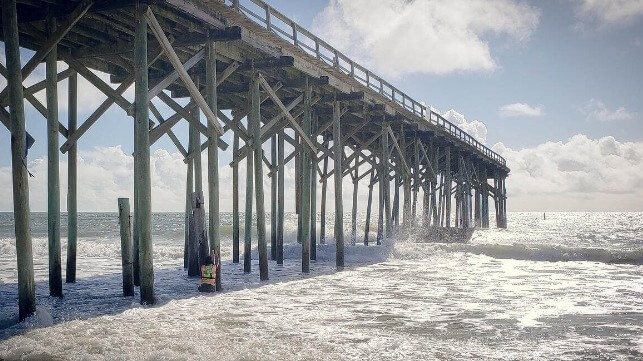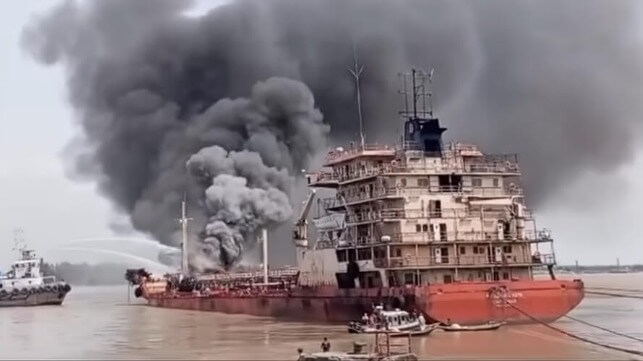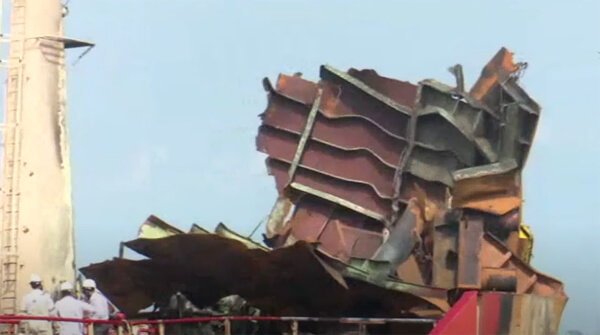Climate Change and Geopolitics Collide at COP29
- Azerbaijan's financial aid to small island nations for COP29 participation is viewed as a strategic move in its geopolitical feud with France.
- The initiative aligns with Azerbaijan's efforts to counter France's support for Armenia and criticize its policies in the Pacific region.
- While Azerbaijan frames its support as climate-focused, observers see it as a way to challenge France's influence and amplify its own voice on the international stage.
Azerbaijani leader Ilham Aliyev is stoking a geopolitical grudge with France, issuing a pledge to fund the participation of small island developing states, some of which have French connections, in the upcoming COP29 environmental conclave.
Azerbaijan’s financial assistance would cover airfare, accommodation and per diems for up to four delegates for each island state participating in COP29, which will be held in Baku in November. The assistance offer comes several months after Aliyev proposed establishing a special fund to help small island states address the effects of climate change.
Azerbaijani officials portray the initiative in altruistic terms, motivated by a desire to “amplify the voices” of nations that stand to be the hardest hit by global warming and rising ocean levels.
“We will not have an inclusive process [at COP29] if we do not take every measure to ensure participation from frontline communities,” said Azerbaijan’s Ecology Minister Mukhtar Babayev, who is also president-designate of the annual UN environmental conference. “We need these perspectives and experiences to guide our approach and strongly believe in our moral duty to support these nations.”
Some observers see a more cynical purpose in packing COP29 with representatives of small island nations — a desire on Aliyev’s part to get under the skin of French President Emmanuel Macron. The two leaders have been engaged in a tit-for-tat feud for more than a year, revolving around the aftermath of the Nagorno-Karabakh conflict, which ended with Azerbaijan’s decisive defeat of Armenian forces and Baku’s reconquest of the territory.
France has been an unwavering supporter of Armenia amid Yerevan’s efforts to negotiate a lasting peace deal with Azerbaijan, rankling Aliyev. In turn, Aliyev’s administration has antagonized the French leadership, accusing France of “neo-colonial” behavior in the Pacific region. In the late spring of this year, Paris accused Baku of stirring up separatist sentiment in the French Pacific dependency of New Caledonia, after earlier recalling the French envoy to Azerbaijan. The initiative to fund a robust islander presence at COP29 can be seen as an extension of Azerbaijan’s antagonism toward France. Aliyev is on record as saying COP29 will “spotlight” the need to protect island states from the consequences of global warming.
In August, Babayev participated in a meeting hosted by the island nation of Tonga during which participants from 56 countries, including 33 island states, signed a memorandum “aimed at enhancing climate action” beneficial to signatories. Azerbaijan announced in late September a contribution of $10 million to the group’s joint efforts to promote “climate resilience, improve disaster preparedness and support sustainable development.”
The recent UN General Assembly session in New York witnessed another round of Franco-Azerbaijani verbal sparring. Macron reiterated strong support for Armenia, saying “the international community must be there to ensure that [Armenia-Azerbaijani] peace negotiations are successful and internationally recognized borders are preserved.” The Azerbaijani Foreign Ministry portrayed the French stance on the peace process “unconstructive.” Babayev, meanwhile, touted the environmental cause of small island states during the general assembly.
